Valli of the Dolls
The Paris Couturier on His Favorite Subject: Women
Published December 19, 2012

Giambattista Valli during our interview
Cleopatra, Diana Vreeland. Lee Radziwill. Giambattista Valli sat down with our newly launched sister site, Style.com/Arabia, at the Mandarin Oriental hotel in Paris to discuss his icons. We’ve republished the complete conversation here. For more one-on-one interviews, and daily fashion, beauty, and red-carpet coverage, visit Style.com/Arabia
On Women in the Middle East
When you think of women in the Middle East, what comes to your mind? What is the first thing that occurred to you as a designer, before meeting these women? Everyone has a different idea of Arabia, some people think of our region as Lawrence of Arabia, others think of it as 1,001 Nights. What was your initial thought process?
Even if she wasn’t from Arabia and she was from Egypt, I think of Cleopatra.
Of course.
Really, I don’t think of anyone else.
But she was Phoenician, unfortunately. [Laughing.]
Yes, well she was a woman from the South and she was a powerful one. She did not regret being a woman, rather she used it to her advantage and she used her charm. Furthermore, she put out a style that is still intact after centuries.
Like Italians.
Yes, like Italians, also women from your culture, they don’t want to lie to anyone, but they do want to be different, unique.
Like an exotic flower.
The Arabic woman always wants something different but better.
Always better.
Always exceeding expectations can be quite the challenge, but a divine one. Arabic women are so proud of your femininity. This is your “atout.”
And we truly embrace it.
Arabic women have found a happy balance with their femininity. I think that it is your greatest strength. For someone like myself, who totally trusts women like you, it is heaven.
Do you notice regional differences amongst Middle Eastern women? Because we are different, a lot of people don’t know that.
Maybe there are some differences—cultural, not regional differences. One woman may want to be more eccentric, another, she might want to be more couture, or more classical, but in the end, you all want to be unique, special, and feminine. The power in your hands in this word is being a woman. For example, I saw you yesterday and you were wearing a jumpsuit.
So fun.
Yes, but you paired it with your face, and with your sophisticated makeup, and with your feminine fragrance, you took it to another level. Speaking of fragrance, the big trend right now is Oud. Sheikha Mozah offered me a splendid perfume.
It must have been hand blended.
Possibly, as it is so sophisticated.
On His Love of Women
Mr. Valli, you love women, but there are two types of designers—tell me if you agree with me: men who love women, like you, like Alaïa, who love the female form, and then you have the other designers, that either want to be the woman, or have an issue with them, almost—a love/hate relationship.
Yes. You know, Yves Saint Laurent said “The most beautiful clothes that can dress a woman are the arms of the man she loves.” I am here to support the woman who does not have that. I love women and simply cannot sit at a table for lunch, or be on holiday if there are no women, girls, female cats… [Laughing.]
On Icons
When it comes to fashion, it is not one’s age, or one’s shape, or one’s size that matters—rather it is personality that counts.
Like Diana Vreeland. Did you see the screening?
I was supposed to go but it was before my show so I couldn’t.
Can I say that that screening was fantastic. I actually wish that she was still in our lives. She would have adored you of course.
A week ago I was with Lee (Radziwill) having dinner and she was saying that if Vreeland were alive right now, she would have adored me. Lee worked with her.
Of course she did.And all the information in the film, we already knew of course, because we read everything. But, hearing her talk…And Ms. Vreeland really loved the Middle East. She sent Marisa Berenson to Syria, to Turkey, to Iran…
Yes, to pitch that exotic look. Big makeup, big hair…last summer my collection was about eccentric makeup and bangles.
Fantastic.
Lee Radziwill dressed in Mila Schön with Truman Capote
On Vulgarity
I love the way you do sheerness. It’s very modern, very attractive—it is never vulgar.
I never want to showcase vulgarity. Something I want to skip in my life is vulgarity. It horrifies me. Now, vulgarity as an art—that’s another thing altogether.
On Istanbul
You know, when I am interviewed and people ask me, where would I like to live, I say Istanbul.
[Laughing.] I agree with you.
It is the most extreme place in every sense. The most extreme place I have ever been to in my life. Every time I go there, to the museum, the market, the Grand Bazaar…
Giambattista Valli and Lee Radziwill
—Sultan Mehmed.
From the moment I was a kid, I was always attracted to brocade, because of my Venetian side…it is part of my culture. Like you, I come from a culture where we are not afraid of more is more; we know how to put it together. Istanbul gives me that freedom.
You grew up with it; it has always been in front of your eyes.
I grew up in Rome and I am so easy with “more.”
Yes, but Mr. Valli, you do it in such a way that it is still clean. You know what I mean? You know how to make it look modern, all the time. That is difficult.
Yes, but it comes naturally to me.
On Italian Fashion Icons
Simonetta, “adoravo” [exclaiming]. Simonetta Fabiani. She is my master. I love her. You could be like a Simonetta girl.
Oh we love her.That was the glory of Roma.
I can say that I come from that. That world of femininity and glamour—without vulgarity of course.
Yes.
I come from that school. In Italy, the fashion started in Rome, but even more so in Florence.
Yes, of course because of the mills and the textiles.
Yes, at the renowned Palazzo Pitti.Actually the master of that momentwas Roberto Capucci. I worked with him for two years.
Wow.
During this time I learned about colors and I learned about volumes. I was always working with volumes. And I learned about the art of making style and how to step to the side of what is on trend. And then there was the moment of Simonetta and she was extraordinary. Of course there was Coco Chanel in France, but Simonetta was the modern woman in Italy. And then there was Mila Schön.
And I loved Mila Schön.
Mila Schön was fantastic.
Lee Radziwill wearing Mila Schön at her Black and White ball…
I think even Marella Agnelli was wearing Mila Schön at the Black and White ball. Lee [Radziwill], she was mad about Mila Schön. This was at the same time of Courrèges in France. But Mila Schön was more glamorous.
Yes, not so retro.
On Himself
Sometimes people say to me, “I hope you won’t turn into a star.” How can I turn into a star? I was born a star. At two years old I was already a star. How can I turn into one? I am so comfortable with it.
[Laughing.] Of course. And you can see that in your work.
It is exactly like my culture. I’m Roman—In Rome, there is such an old culture. You are so spoiled. It is in one’s DNA. The moment you have vision in front of you, you don’t need to try and push eccentricity or glamour.
And I think that is why we love you so much, because you always manage to deliver what we are looking for. Because we are not always looking for what is IN at this exact moment.
Clockwise from top left: Marella Agnelli; Mila Schön presentation backstage (Photo: Frando Pinna 1960); Dorian Leigh in a formal gown by Simonetta Fabiani; another design by Simonetta
On Trends
As you say, I don’t work in trends. I hate everything that is trendy. In French they have a word for it, the term is “branché.” I am out of everything like this. I don’t like to be somebody that you wear once and then you are sick of it, because you see everyone with the same thing. I always say there are three things that are very important to me with regards to my work:
1—Timeless: Everything from my collection has to be like an old friend and last as long as possible in the closet. So that maybe at one point you want to rediscover it.
2—Effortless: For example, the way you are dressed today. There are several things happening: jewelry, color—it looks like you are wearing a glamorous pajama and that you have been in your room all day, but at the same time we can go to the opera together and it will be comfortable. This is very important to me.
3—Ageless: It is the aura of the woman that matters. Her mentality, psychology, and her point of view.
CREDITS – Style.com
Read More



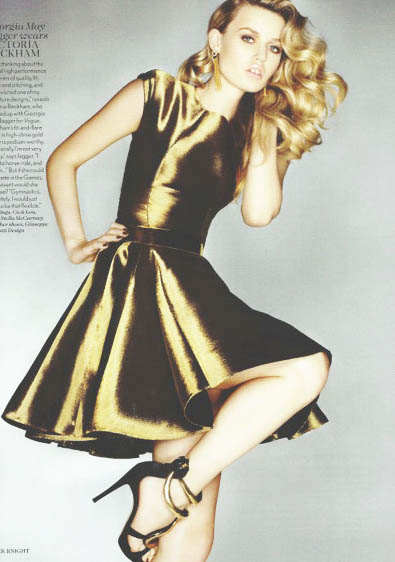







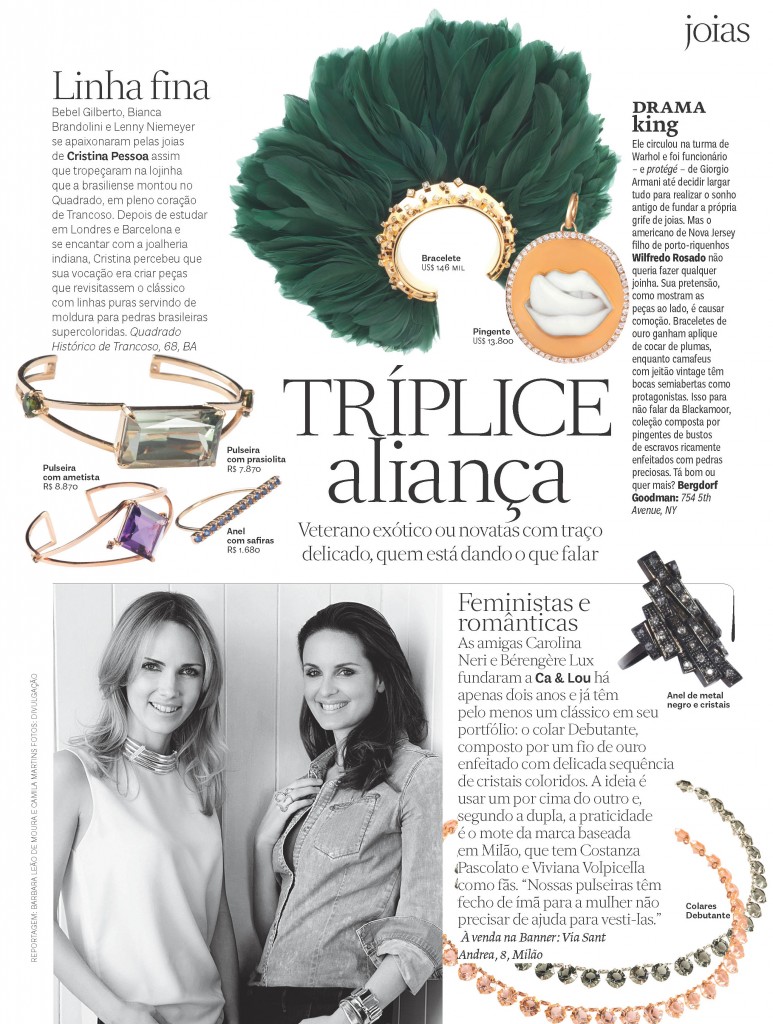







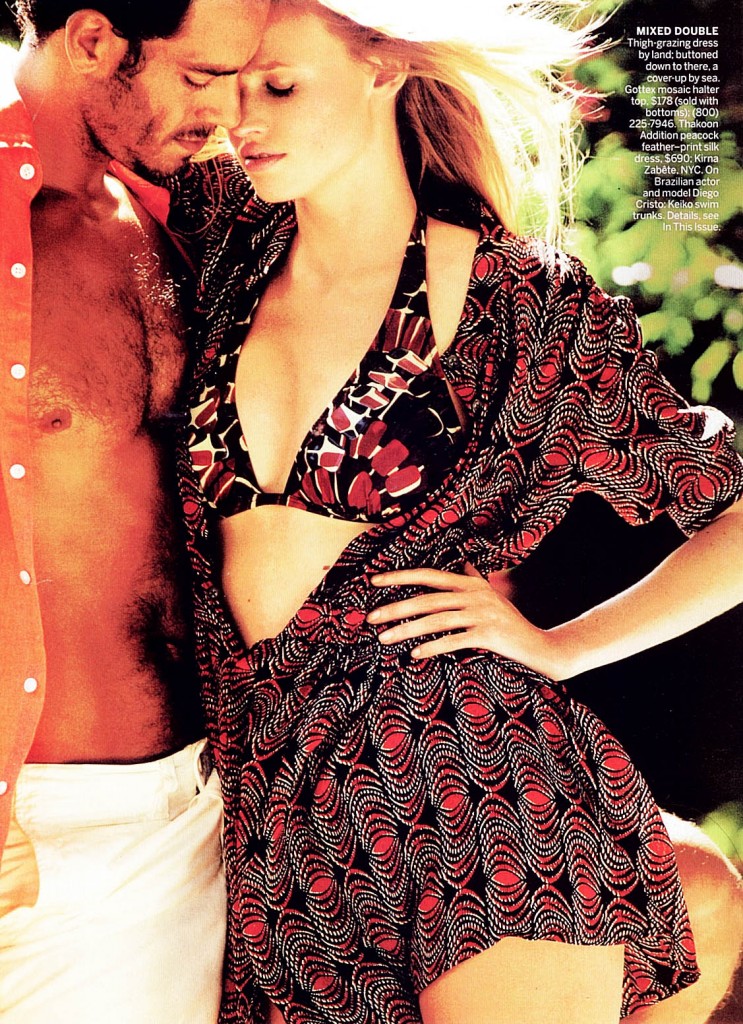














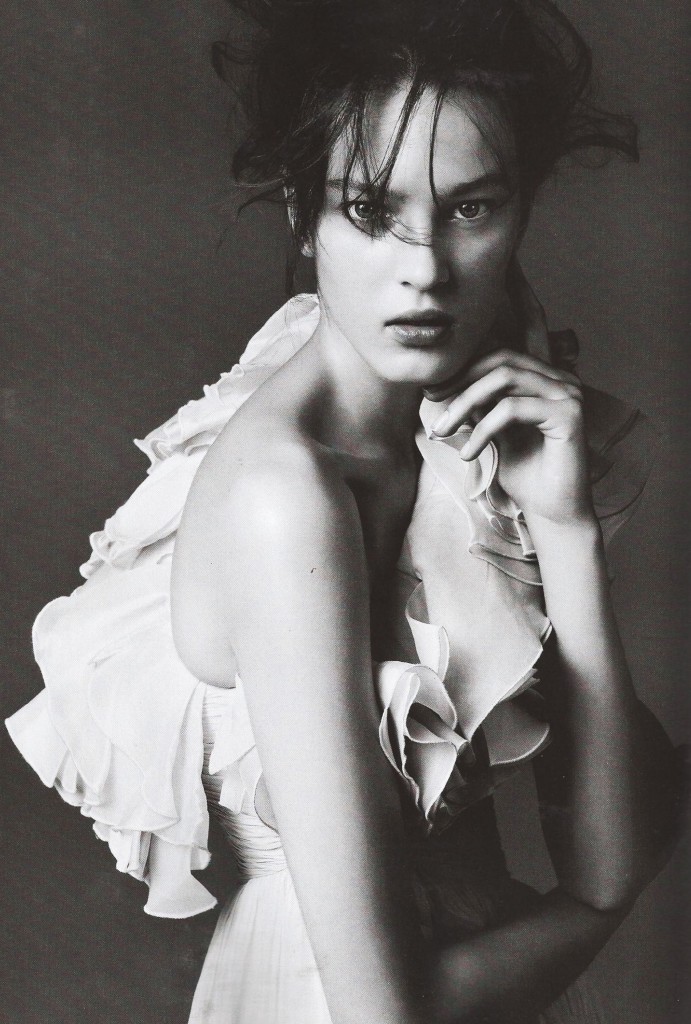
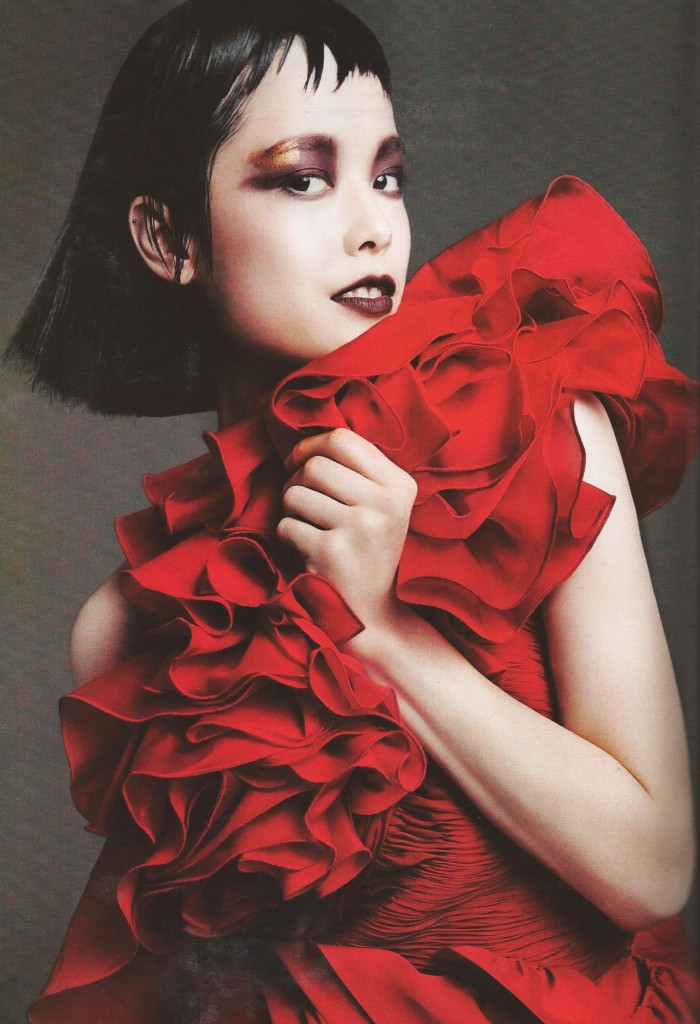










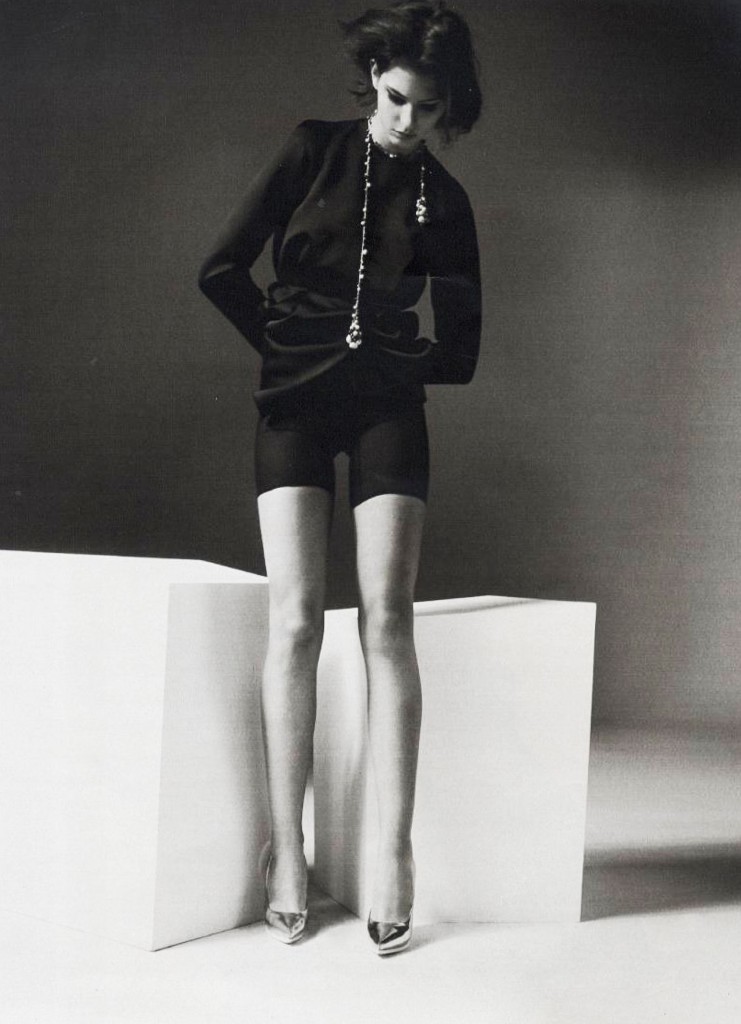









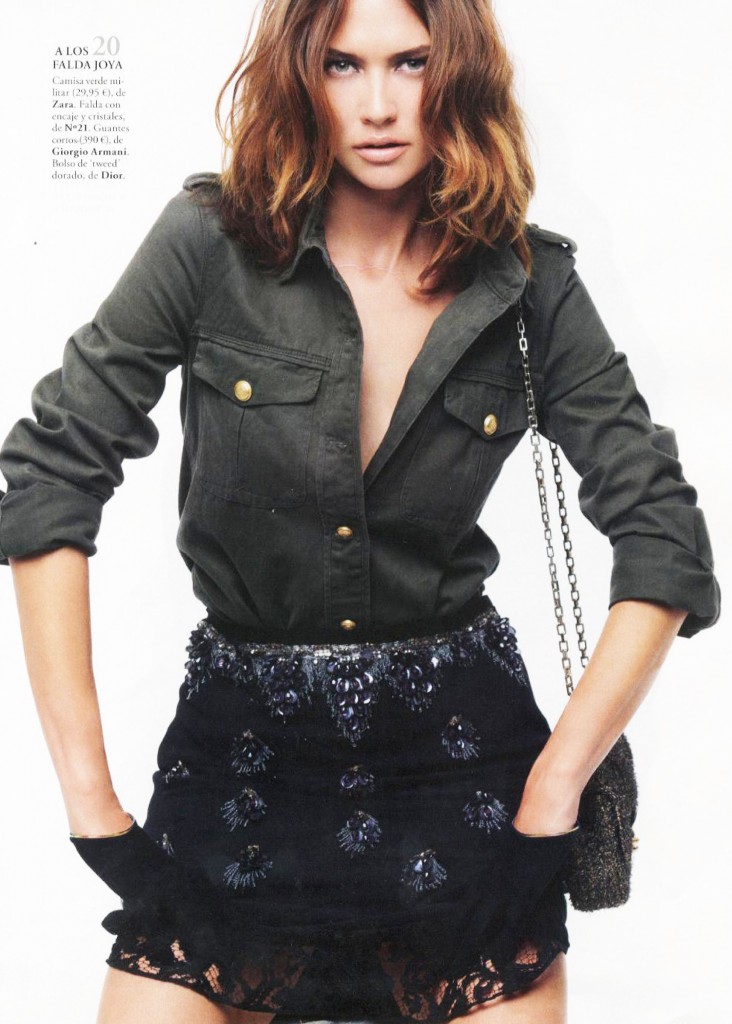



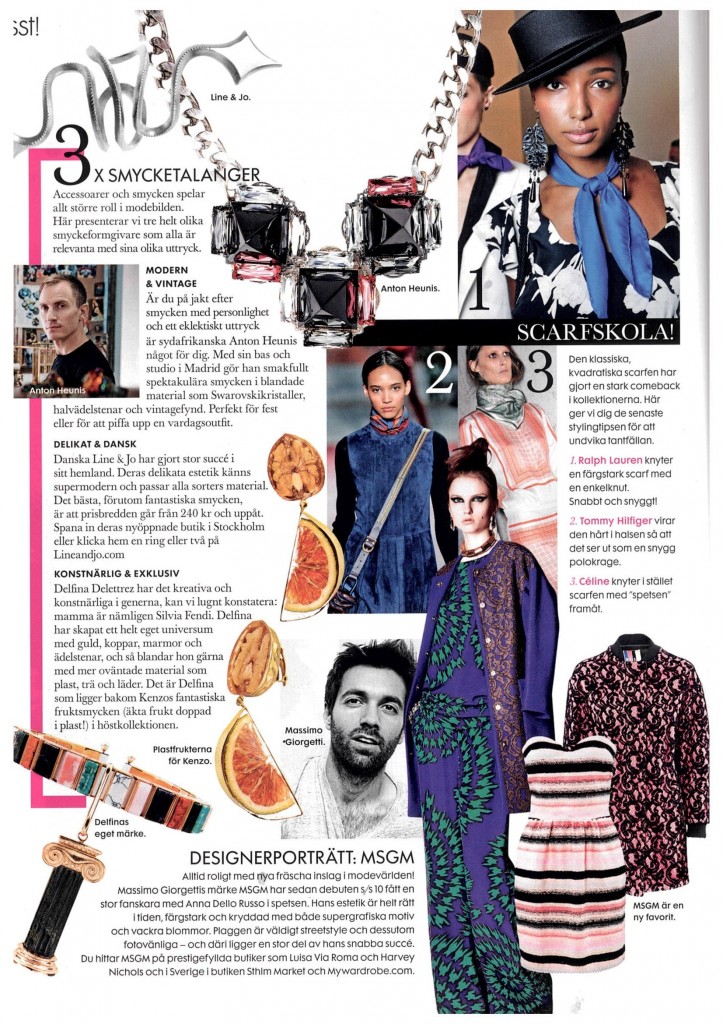



Recent Comments